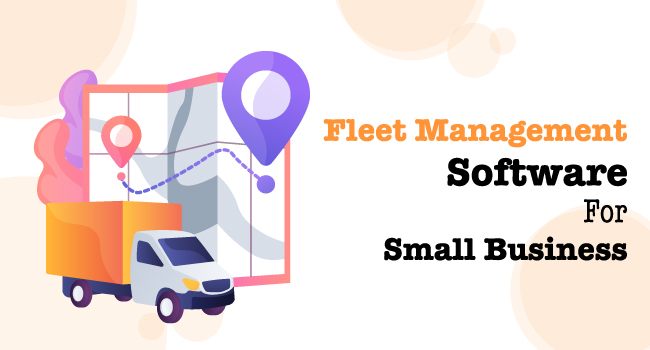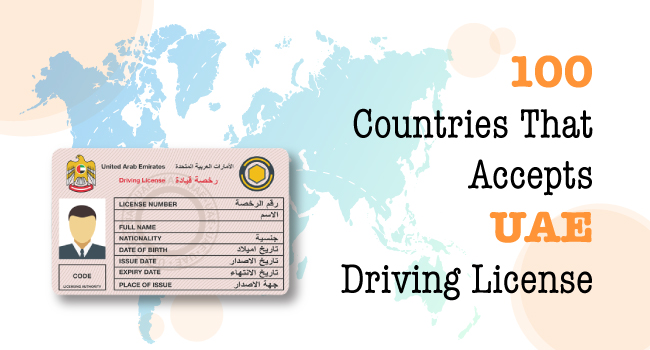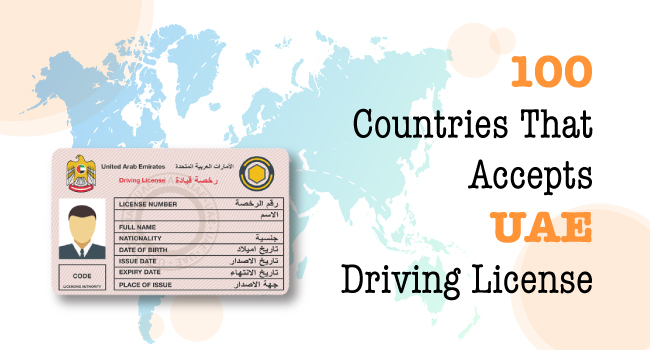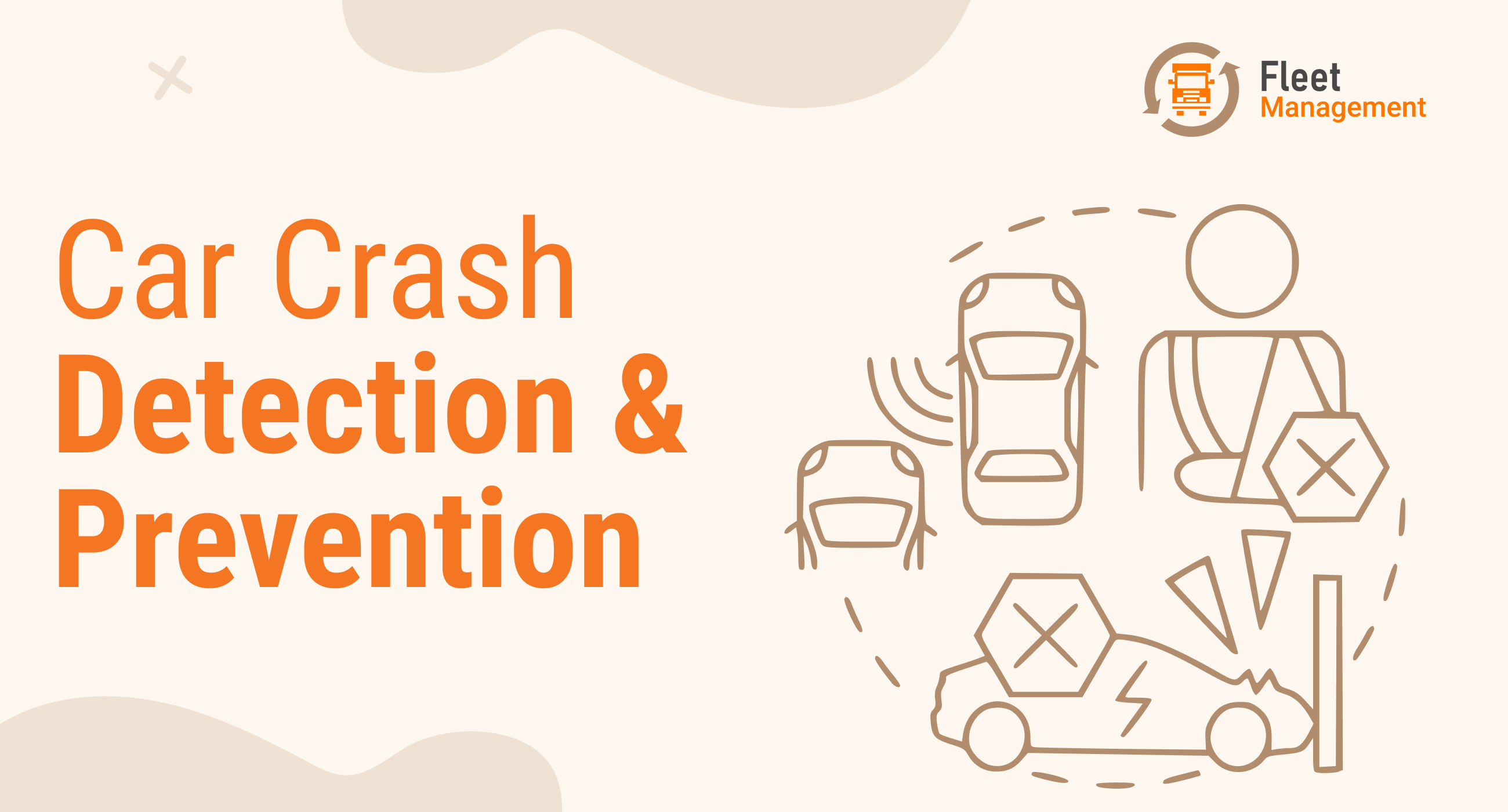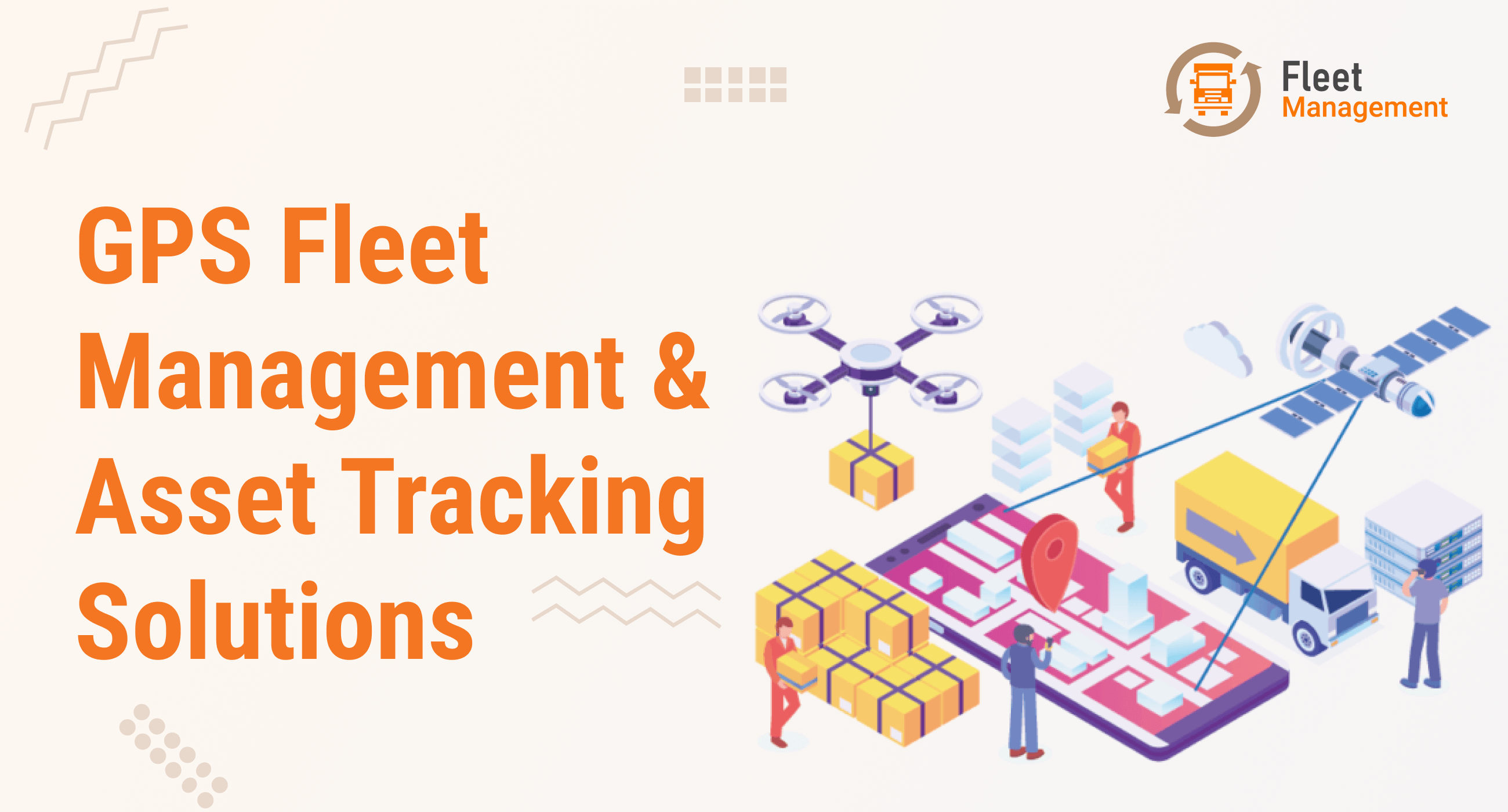Our Blogs
 Fleet Management()
Fleet Management() Car Rental Software()
Car Rental Software() Fleet Drivers()
Fleet Drivers() Infographics(0)
Infographics(0) News(0)
News(0)
Service We Offer
Follow Us
Car Crash Detection & Prevention
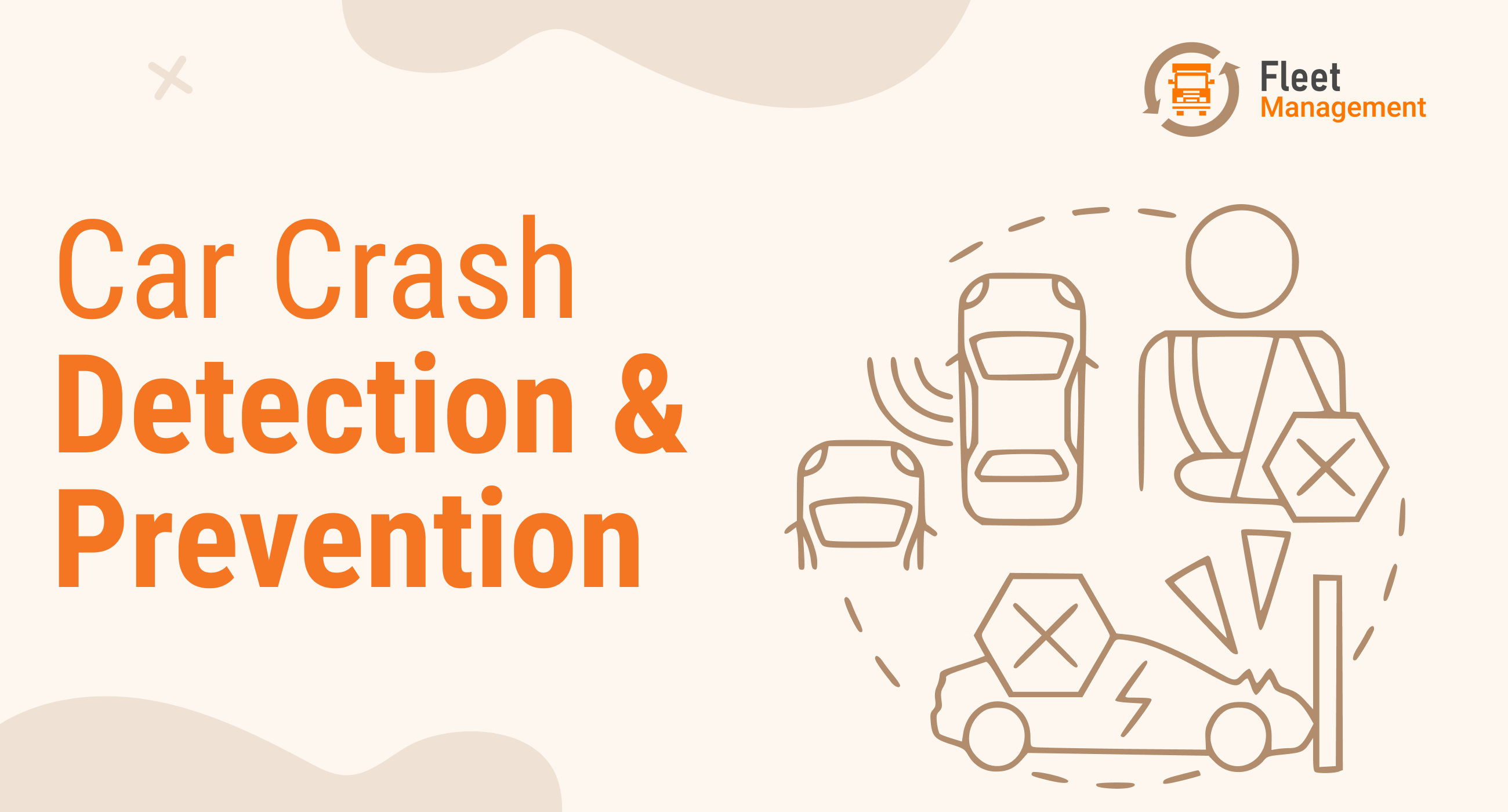
According to stats, it has been found that 75 percent of road accidents are caused by drivers who are unable to control or stop their cars within time. Car crash detection and prevention are critical in order to avoid this.
The obstruction is identified using an ultrasonic sensor, and the car stops since the impediment is nearby, preventing an accident. Still, if an accident occurs, the injured should receive emergency treatment as soon as possible.
In such situations, crash detection will be done using a vibrator sensor, which upon detection of the crash will activate the circuit and an S.O.S message will be sent to the nearest hospital, police station, fire department, and the user’s emergency number. Moreover, the smart poles will be used on mountainous routes with blind turns to alert drivers on both sides.
Read Also: 31 Ways to Reduce Fleet Maintenance Costs
◉ What is car crash detection and how does it work?
Car crash detection is a safety feature that may be found on a safety app or incorporated into your vehicle to safely protect you and your loved ones. This will detect whether you have been in a car accident as a driver or a passenger and will immediately contact your insurance provider as well as notify your friends and family or emergency services.
 When you are in a car accident, motion sensors on your phone or car detect it. A personal safety app may also detect sudden stops or sharp accelerations using your GPS, motion sensors, or accelerometer.
When you are in a car accident, motion sensors on your phone or car detect it. A personal safety app may also detect sudden stops or sharp accelerations using your GPS, motion sensors, or accelerometer.
◉ What does car crash detection do?
The functionality of car crash detection relies on the kind you have installed—either as a safety application on your Android or iPhone or as a built-in feature in your car. Each app and service offers a unique set of features, but they all seek to assist you after a car accident.
Some crash detection systems allow a dispatcher to speak with you immediately to assess if emergency services should be dispatched. While others may have a dispatcher reach you by phone call or text. If you do not answer, they will undertake an emergency response.
Hopefully, something like this should never happen, but keeping your actual location available in an emergency might be the matter of life and death for you and your loved ones in the case of an accident.
◉ What is car crash prevention?
Collision avoidance systems (CAS) are advanced driver-assistance systems designed to prevent or reduce the severity of a collision. They can also be called pre-crash systems, forward collision warning systems, or collision mitigation systems. A forward collision warning system monitors the speed of a vehicle, the speed of the vehicle in front of it, and the distance between the vehicles so that it can warn the driver if the vehicles get too close, thereby preventing accidents.
 To detect an impending crash, many technologies and sensors like radar (all-weather), laser (LIDAR), and cameras (using image recognition) are utilised. Through a location database, GPS sensors may identify fixed dangers, such as approaching stop signs.
To detect an impending crash, many technologies and sensors like radar (all-weather), laser (LIDAR), and cameras (using image recognition) are utilised. Through a location database, GPS sensors may identify fixed dangers, such as approaching stop signs.
Collision avoidance systems range from widespread systems that are compulsory by law in a few countries, such as autonomous emergency braking (AEB) in the EU, to agreements between carmakers and safety officials that will eventually make crash avoidance systems standard, such as in the United States, to research projects that include some manufacturer-specific devices.
Read Also: Advanced Fleet Management: What Is It?
1. Forward collision warning: This uses a variety of sensors and cameras, such as light detection and ranging (LIDAR), to alert the driver of a possible front-end collision, which might occur if they follow too closely. If necessary, the system will send a warning and may pre-charge the brakes for maximum efficacy. The brakes may engage autonomously in some instances. Although a crash cannot always be prevented, the lower speed may lessen the severity.
2. Pedestrian identification: Some front crash prevention systems can detect pedestrians. These systems use advanced technology, including sensors and cameras, to detect persons in or about to enter the path of the vehicle. Tightening seat belts, shutting windows, and adjusting seat positions or head restraints are among other front crash safety features.
3. Night vision: A night vision system enhances your view of the road ahead by using infrared technology. If an obstruction is identified, this may be combined with an audible or visual alert.
4. Lane departure warning: Using this feature, the vehicle is prevented from drifting into adjacent lanes by physically, visually or audibly warning the driver. With modest braking and slight steering adjustments, newer models actively resist going out of their lane. They monitor the sides of the vehicle where a driver cannot easily see by just using a side-view mirror.
5. Parking and backing assist: Many minor collisions occur as a result of poor parking and backing. Backup cameras and distancing detectors can be used to help drivers back up and park safely. Many vehicles are also equipped with automatic parallel parking features.
6. Adaptive headlights: To illuminate more of the road ahead, this type of headlight pivots in the direction of travel. As a result of this system, even when driving in the dark, drivers can safely manoeuvre unfamiliar roads and curves with a curve speed warning system that monitors the road using a combination of GPS and digital maps.
7. Fatigue warning: Fatigue is a severe driving hazard. To detect the driver’s alertness, sophisticated algorithms monitor steering, lane straying, and behaviors, such as eye blink rate and blink duration. If inattention or fatigue is detected, the driver is instantly warned, either with a loud warning or a voice command.
8. Electronic stability control: This computerized technology increases a vehicle’s stability in severe weather. When traction is lost, the system may brake or steer as needed until control is regained. According to the National Highway Traffic Safety Administration and the Insurance Institute for Highway Safety, this technology alone might avoid nearly half of all fatal car accidents.
9. Antilock braking system (ABS): A vehicle would skid out of control if the brakes locked up after a hard slam on the brakes. ABS pulses the brakes at small intervals to avoid the brakes locking up. After the vehicle slows down to a safe speed, the brakes return to their normal function.
Read Also: How Much Does Fleet Management System Cost?

